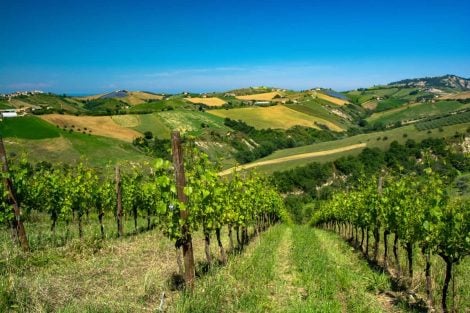Perhaps more than any other, it truly is the grape variety that unites the shores of the Mediterranean. We're talking about Cannonau. But how? Isn't it Sardinian? Yes and no. Well, not exclusively. Indeed, in its Sardinian genetic variant, Cannonau is exclusively found in Sardinia. However, it belongs to a genetic lineage widespread on the coasts of Spain, in the South of France, Liguria, Tuscany, Umbria, Veneto, and even in the Marche.
And in each of these territories, it takes on a different name, but the grape is mostly the same. Garnacha in the Iberian Peninsula, Grenache in France, Guarnaccia in Liguria, Alicante in Tuscany, Gamay del Trasimeno in Umbria, Tai Rosso in Veneto, and Bordò in the Marche (although it's no longer called this way there). Many faces of a grape variety that we believe could be, at least in certain territories, the answer to rising temperatures caused by climate change. Yes, because the vineyards adapt perfectly to warm areas, and if properly cultivated, the grapes can produce fragrant wines with tones of crisp black fruit and spices, endowed with Mediterranean warmth, fleshy, and if aged skillfully, even profound.
Below, we offer a brief overview from labels reviewed in Gambero Rosso's 2024 Berebene guide: these wines have received a rating of at least 90 points and can be found in wine shops or online for less than 20 euros.
- Cannonau di Sardegna Capo Ferrato Rei 2020 - Cantina Castiadas
- Cannonau di Sardegna Nepente di Oliena Vosté 2022 - Iolei
- Cannonau di Sardegna Nostranu 2021 - Cantina Berritta
- Cannonau di Sardegna Tumbaru 2020 - Binza 'e su Re
- Colli Berici Tai Rosso Vign. Riveselle 2022 - Piovene Porto Godi
- Trasimeno Gamay Opra 2022 - Madrevite
- Riviera Ligure di Ponente Granaccia San Giorgio 2022 - Fontanacota
Cannonau from Sardinia
With a vineyard area of over 7,500 hectares (over 30% of Sardinia's vineyard), Cannonau is undoubtedly the most widespread grape in the region. Since 1972, it has been adorned with the regional DOC that allows production throughout the island. There are three sub-zones: Oliena, Capo Ferrato, and Jerzu. The latest modification to the disciplinary rules (2011) also allowed for the "Classico" typology for productions from the Barbagia and Ogliastra sub-regions. The envisaged types are Red, Rosé, Reserve, Passito, and Liquoroso. In recent years, much work has been done to increase the quality of the wines, aiming for finesse and elegance, soft tannins, good savoriness, acidity, and potential longevity. There has also been considerable focus on extractions, increasingly measured, and on the use of large barrels, favoring these more and more. This allows the various territories, some highly suitable and in need of independent denominations, to emerge in their best light, highlighting the specificities of the soil and microclimate.
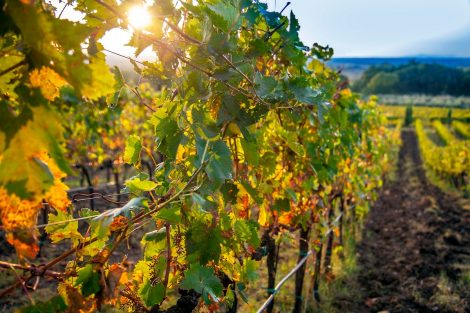
Gamay del Trasimeno
Gamay del Trasimeno, or Perugino, is a traditional grape of the hills overlooking the homonymous lake, straddling Umbria and Tuscany. As is now known, it's a Grenache. The arrival of Grenache in the hills of Trasimeno is attributed to Spanish domination following the peace of Chateau-Chambrésis in 1559. Presumably arriving in the 1600s, it has always been cultivated by local winemakers who appreciate its character and potential. Over the years, Grenache was named "French vine" and then "Gamay," due to the particular technique used for its cultivation (bush vines). Dry and windy summers, clayey soils, and low yields per hectare are fundamental to obtaining a generous yet elegant, soft, and velvety red wine. Over the years, a selection on the vine has been carried out through grafts and renovations, perfectly adapting the grapes to the typical climatic conditions of Lake Trasimeno. Wines made purely from this variety are still relatively few, but there is an ongoing process of rediscovery and valorization involving several wineries.
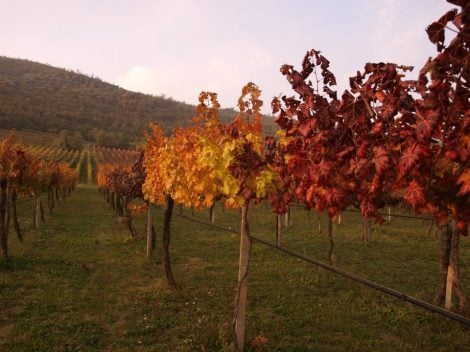
Tai Rosso from Veneto
Even without certainty about the origin of the cultivation of Tai Rosso in the Berico territory, it is the grape variety that, more than any other, represents the viticulture of this hilly area extending south of the capital. Likely, the grape is a gift from the bishops of Vicenza, who maintained important and continuous relationships with the Avignonese seat of the church and planted vine shoots from Vaucluse on the hills south of Vicenza. Its cultivation is widespread throughout the area, although the central-eastern zone of the hilly complex is the fulcrum, giving rise to the specific denomination of Barbarano, generally refined only in steel. The Berici Hills, of ancient marine origin, are characterized by calcareous soils and an exceptionally warm climate, with low precipitation and a Mediterranean and sunny character. Here, the grapes, with controlled production, mature healthy and rich in sugars, allowing the production of a red wine that matures in oak for a couple of years and ages with precision and elegance.
Bordò from Marche
In the southern Marche, a few rows of Bordò vines were always present among the mishmash of varieties in the vineyard. If Montepulciano and Sangiovese represented the productive backbone, that unknown grape variety with small clusters gave that "something extra" when used in the blend. The obsession with quantity combined with subsequent uprooting policies eventually led it to the brink of oblivion. Its salvation is owed to the intuition of Marco Casolanetti from Oasi degli Angeli: upon discovering a centuries-old vineyard, he worked to reintroduce it among small willing winemakers. He initiated the first micro-vinifications and mass selections. Other producers, like Peppe Infriccioli of Pantaleone, instead had access to different genetic material. However, this did not prevent them from creating a network for information exchange and a joint project aimed at giving a precise identity to this Grenache clone, arriving who knows how on the shores of the Adriatic.
Curated by William Pregentelli and Giuseppe Carrus

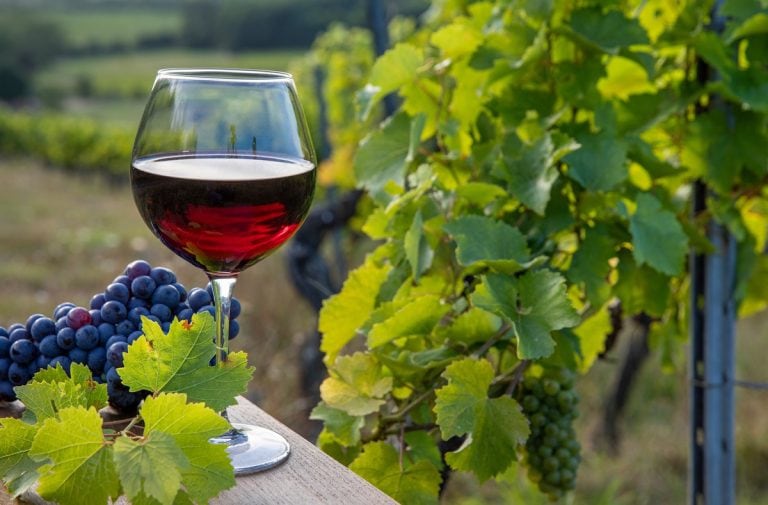
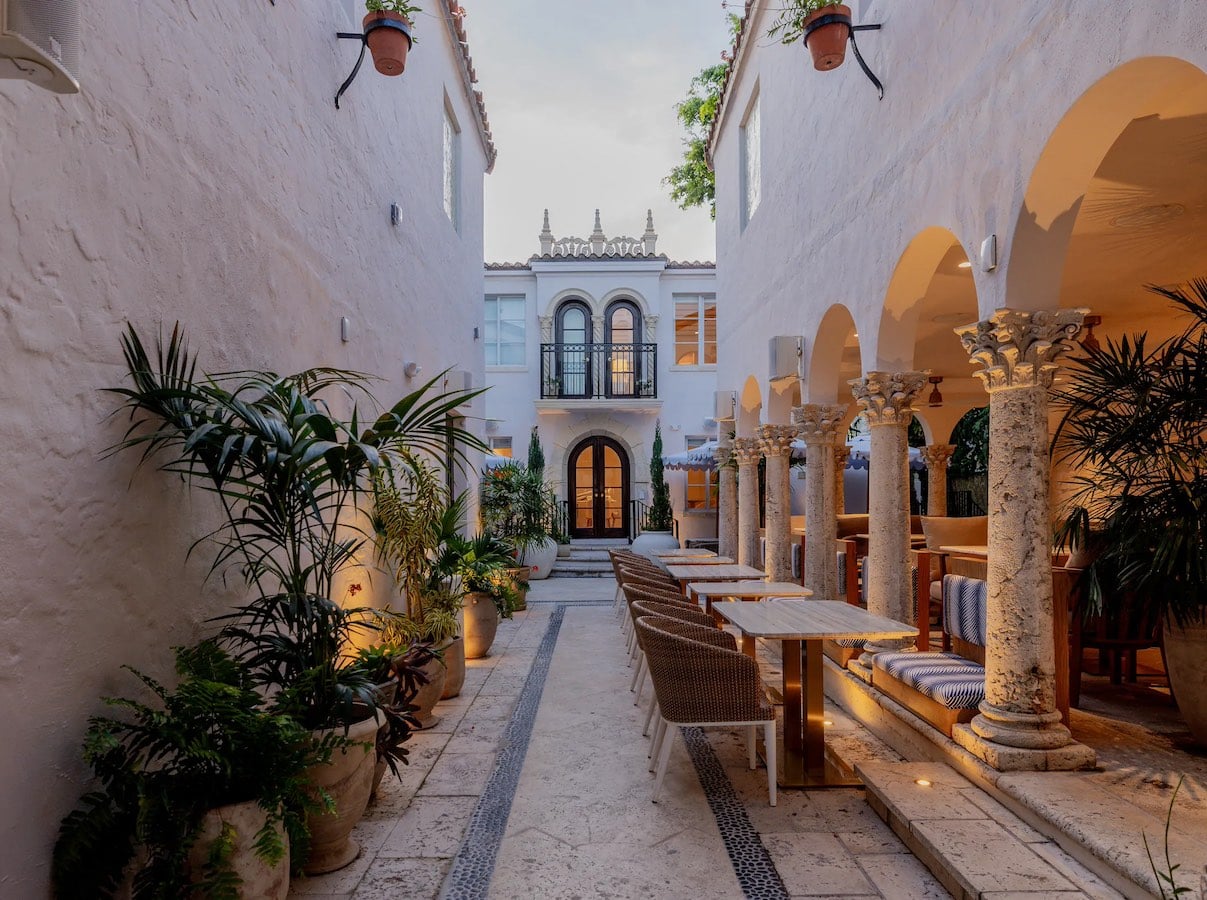 Versace opens a super hotel with an Italian restaurant. Here's what Donatella Hotel & Restaurant in Miami will be like
Versace opens a super hotel with an Italian restaurant. Here's what Donatella Hotel & Restaurant in Miami will be like At The Crown Tirana, service and quality at the highest levels
At The Crown Tirana, service and quality at the highest levels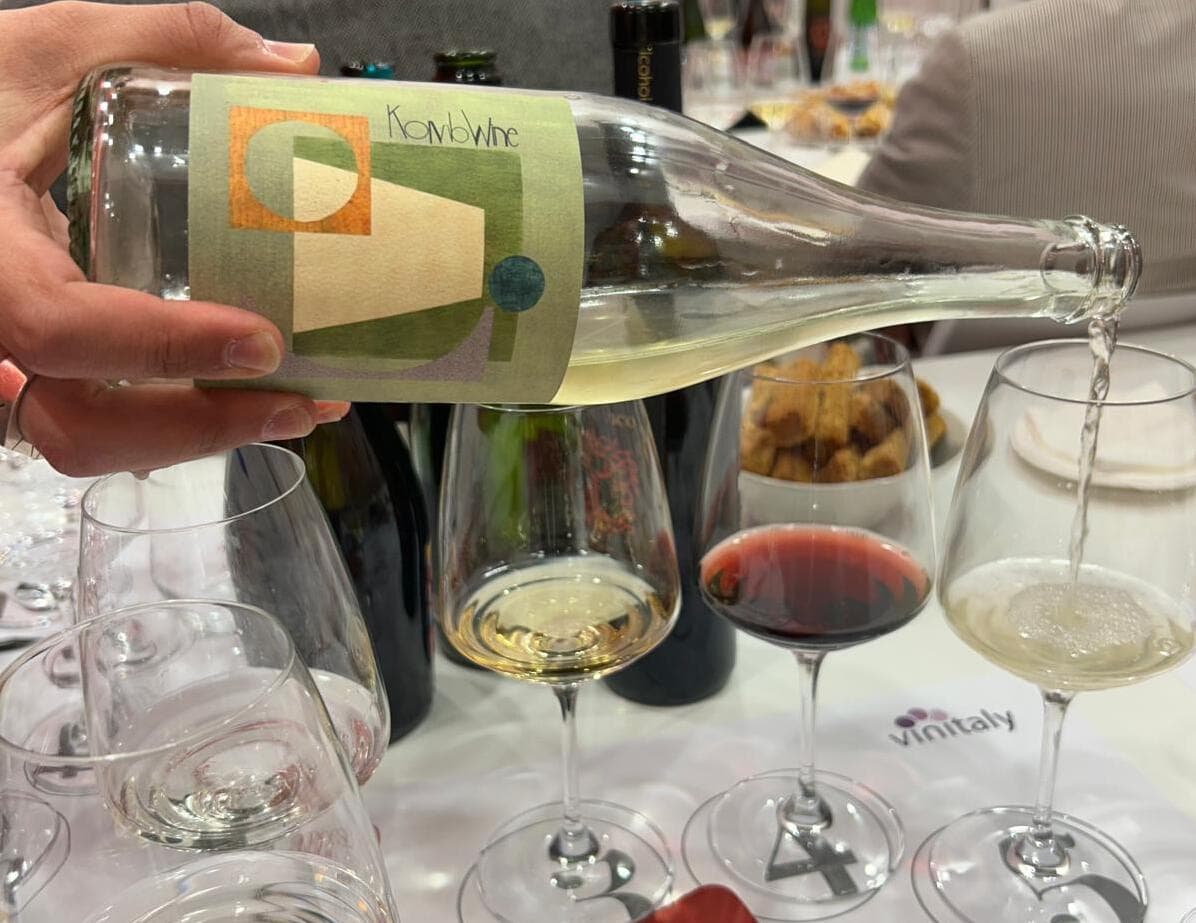 We tasted Komb(w)ine, the new product that combines grape must and kombucha. Here’s our verdict
We tasted Komb(w)ine, the new product that combines grape must and kombucha. Here’s our verdict What changes for the export of Italian wines to China under the new regulations?
What changes for the export of Italian wines to China under the new regulations? “Forget dealcoholised wines. The future is Komb(w)ine.” Moser and Ravizza present a new grape must-based product
“Forget dealcoholised wines. The future is Komb(w)ine.” Moser and Ravizza present a new grape must-based product